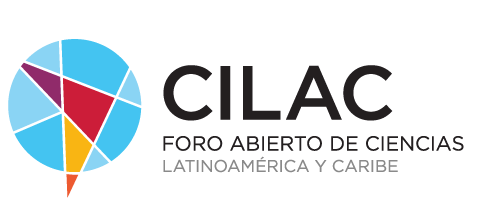
California is developing its own generic drug label. This first measure in the country, according to its promoters, will remove the power of large pharmaceutical companies and will reduce prescription drug costs for Californians statewide.
The new law requires the California Health and Human Services Agency to create partnerships designed to increase competition, lower prices, and reduce shortages of generic prescription drugs.
The price problem
The most populous state in the United States has begun to identify certain medications and develop a plan to promote their manufacture and purchase. The agency will look for drugs that can produce the greatest cost savings.
California will shift all Medi-Cal pharmacy services next year from managed care to direct state payment, which will also increase the state's ability to negotiate better drug prices and take power away from drugmakers. The project of law SB-852 It also opens the door for California to make its own generic drugs in the future.
Pharmaceutical Research and Manufacturers of America, which represents brand-name drug makers, has taken a neutral position on the bill: It could take years to bring a new California generic product to market and does not appear to be significant competition, yet.
It is unclear what drugs the state would manufacture or purchase, although it would focus on drugs that could produce the greatest cost savings for the state and consumers. But the bill specifically calls for the production of “at least one form of insulin, provided there is a viable avenue to manufacture a more affordable form of insulin at a price that results in savings.” Three major pharmaceutical companies, Eli Lilly and Co., Sanofi and Novo Nordisk, have long controlled the lucrative insulin market in the United States.
Regardless of whether these policies are correct or not, the truth is that a paradigm shift is urgently needed to avoid too wide inequalities in terms of health. Because the cost of medications It not only depends on the difficulty in developing them.
For example, as noted Javier Padilla in his book Who are we going to let die?, in Baltimore there is a 20.2-year difference in life expectancy between different neighborhoods; In Glasgow there is a 24-year difference between neighborhoods that are only 12 kilometers apart; In Catalonia the richest live 12 years longer than the poorest:
For decades, the explanation for these inequalities has been articulated around the so-called model of social determinants of health, according to which there are structural determinants, such as the economic system, the labor market or welfare policies, which, conditioned due to the existing power relations in society and the place that each person occupies in different variables (social class, gender, age, ethnic group, geographical location), will impact the intermediate determinants (working conditions, income, housing resources, domestic and care work, residential physical environment) and together with individual factors and the action of the health system to determine the health status of people and communities.
–
The news
California is developing its own generic drug label and that is good for the consumer
was originally published in
Xataka Science
by
Sergio Parra
.































